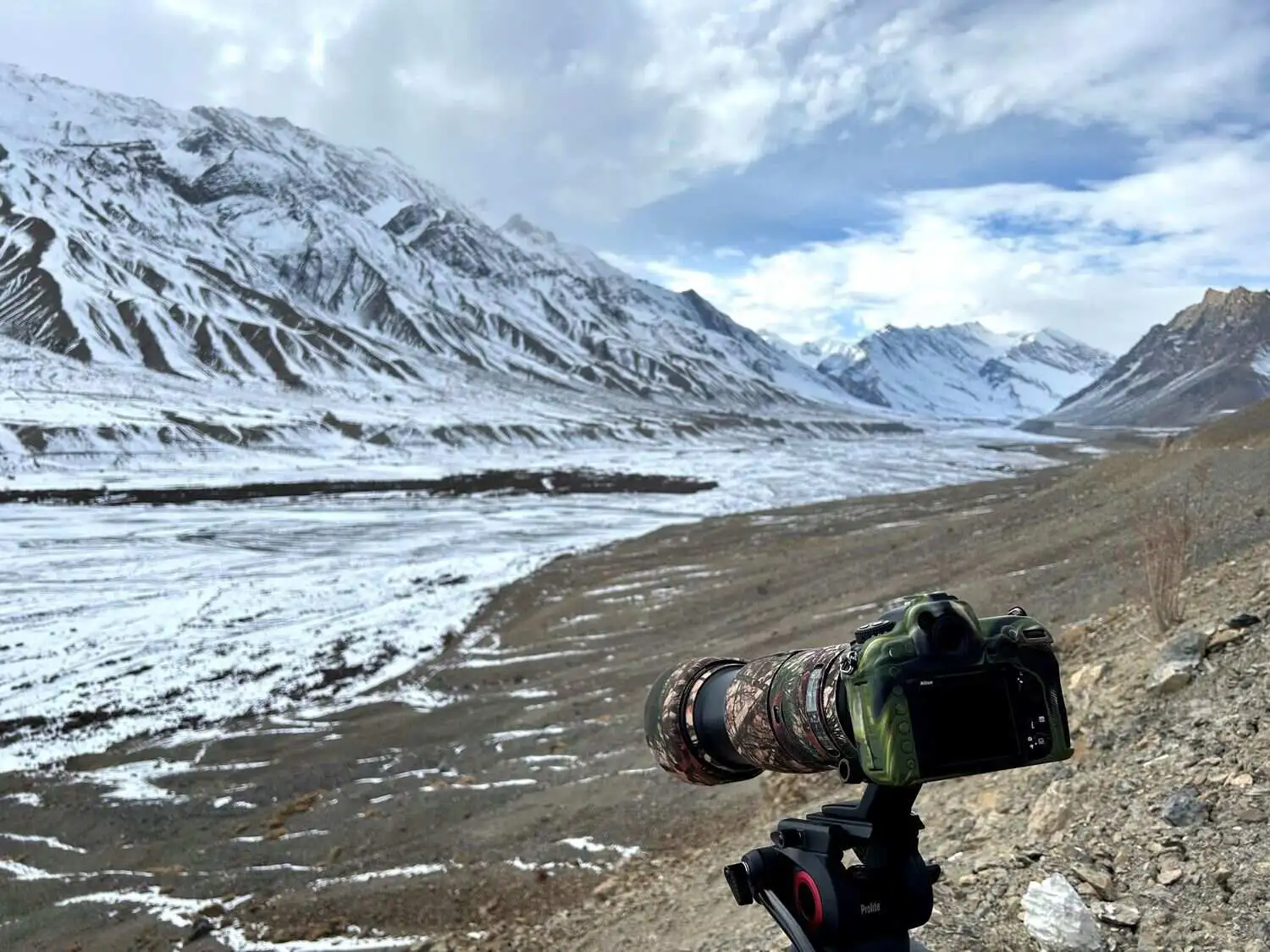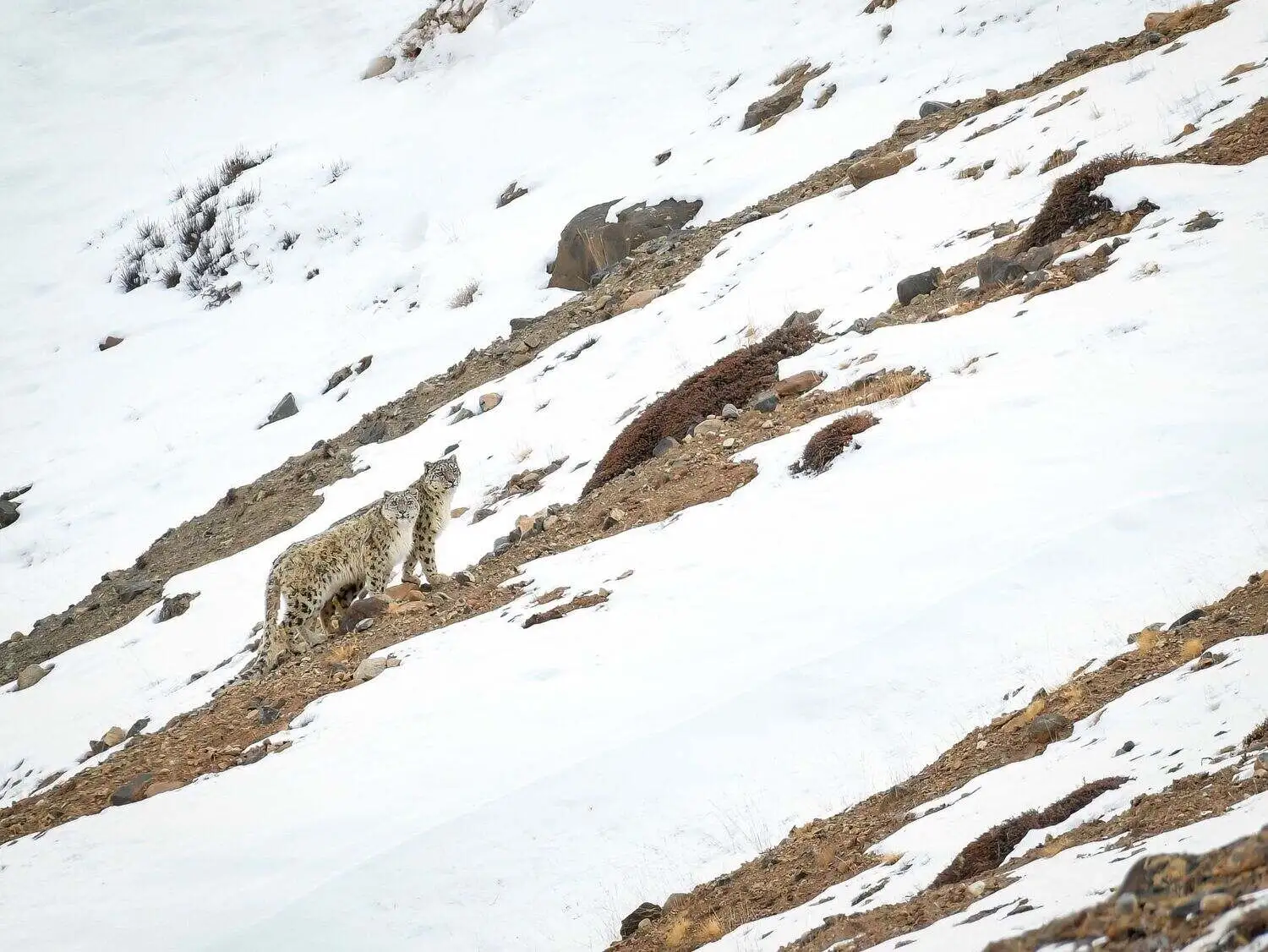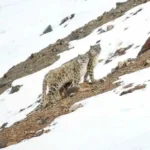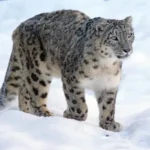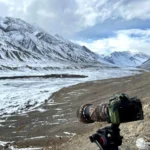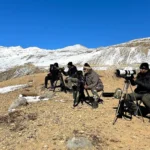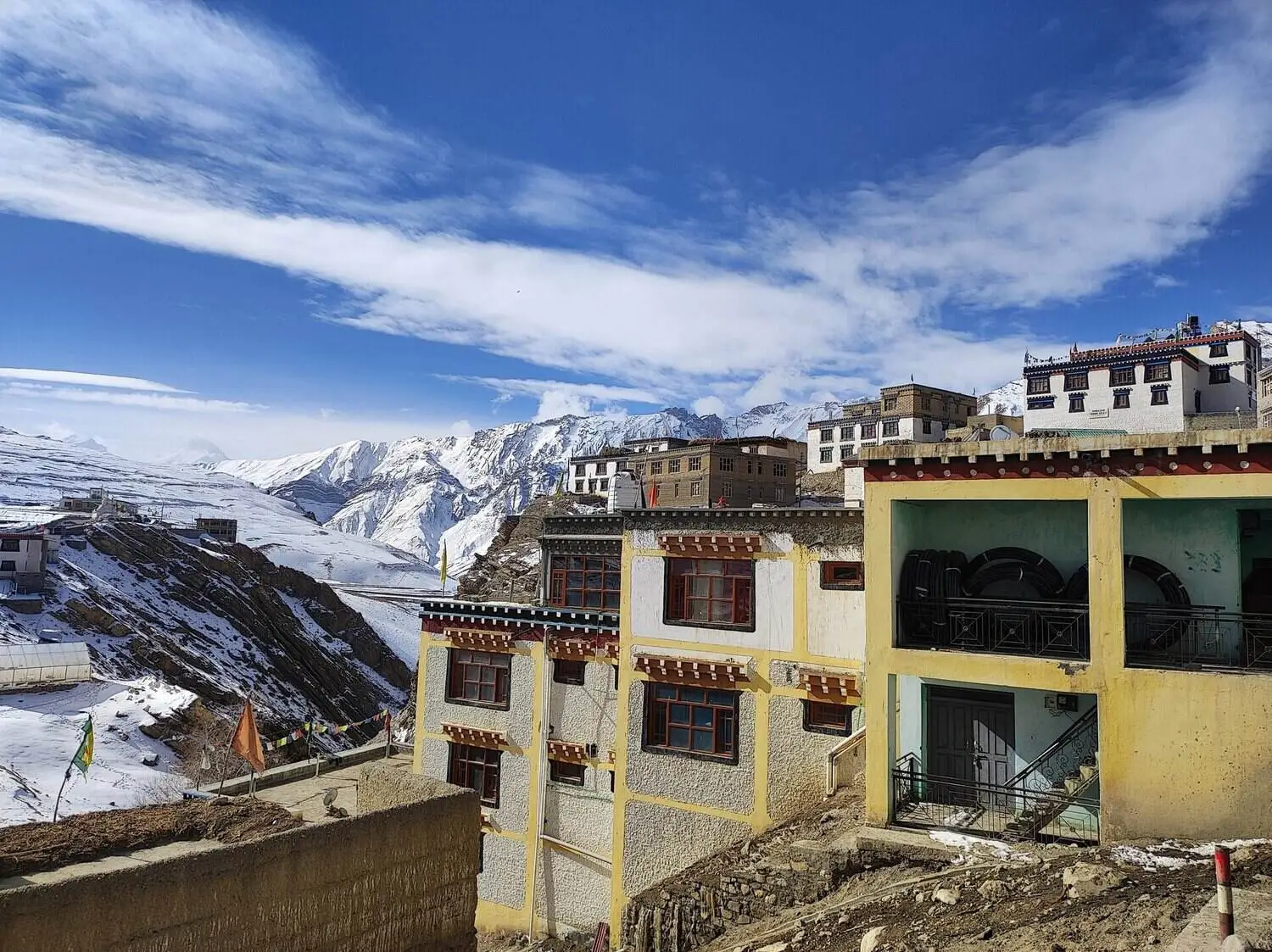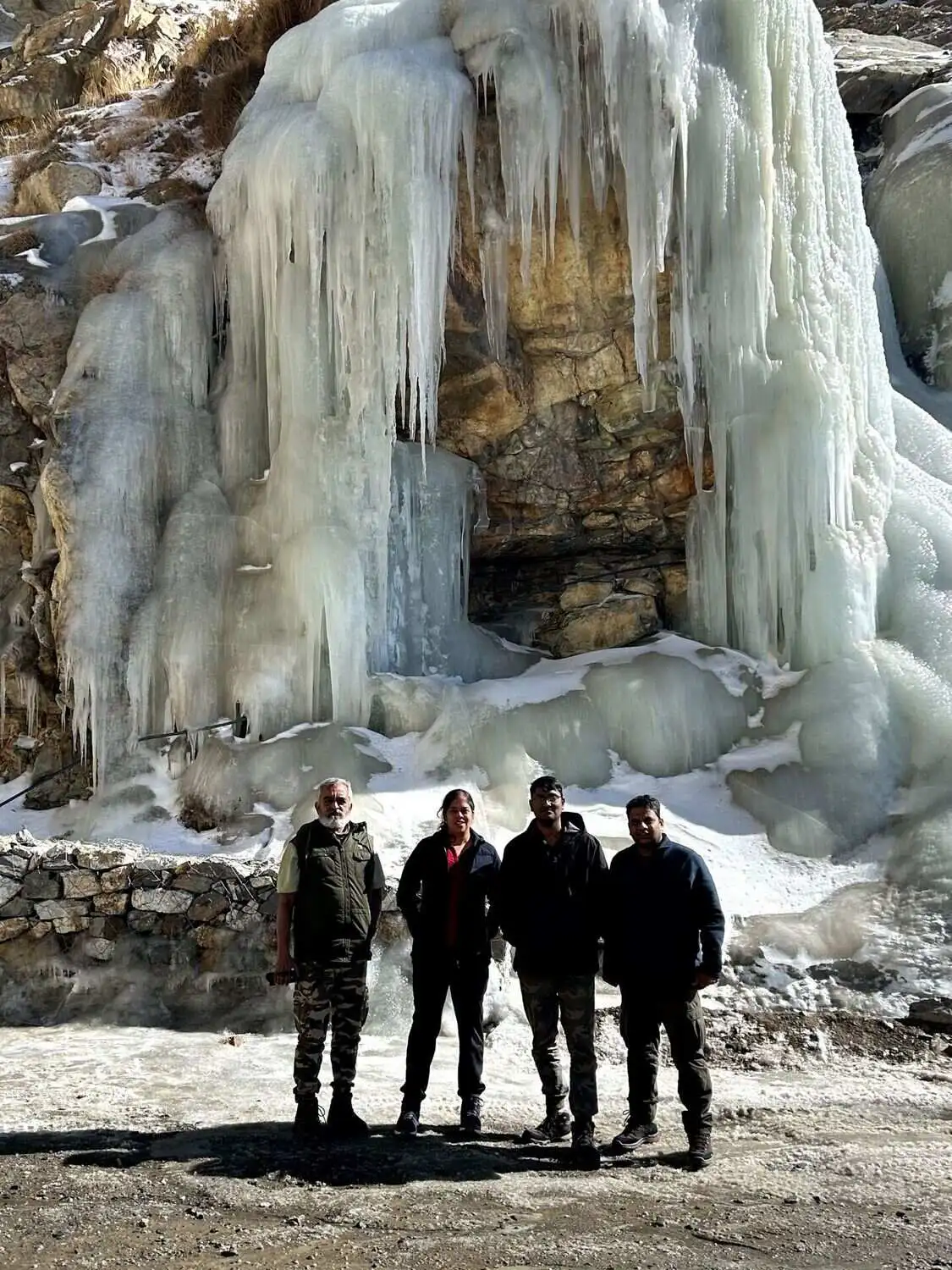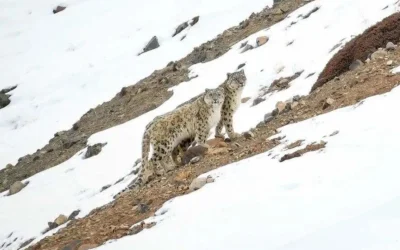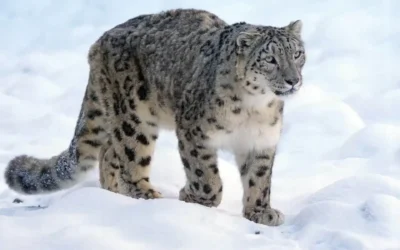Photographing a snow leopard is a dream for wildlife enthusiasts. Known as the Ghost of the Mountains, this elusive feline lives in the high Himalayas, blending perfectly into snow and rocky cliffs. Patience, preparation, and the right gear are key to turning a rare sighting into stunning photographs.
Best Places to Spot Snow Leopards
The high-altitude regions of India offer some of the best opportunities for sightings:
Hemis National Park, Ladakh – Known for consistent sightings and breathtaking landscapes.
Ulley Valley, Ladakh – Homestay-based expeditions with expert local guides.
Spiti Valley, Himachal Pradesh – Remote and scenic, ideal for longer tracking trips.
Kibber, Himachal Pradesh – Quiet valleys perfect for photography with minimal disturbance.
Best Season for Photography
The winter months (December to March) are ideal for snow leopard expeditions. Prey animals like blue sheep and ibex move to lower valleys as snow thickens at higher altitudes, and snow leopards follow. Clear skies, crisp air, and good visibility make winter the perfect time for photography.
Snow leopards are crepuscular, meaning they are most active during the low-light periods of dawn and dusk. Be ready to photograph in challenging, low-light conditions.
Photographic Equipment
Capturing snow leopards requires specialized gear:
- Camera: DSLR or mirrorless cameras with high resolution give you the flexibility to crop images without losing detail.
- Telephoto lens: 500mm or 600mm is ideal. Using a teleconverter can increase the focal length further, allowing you to photograph from a safe distance.
- Backup camera: Carrying a second camera ensures you’re covered in case of equipment failure.
- Tripod or monopod: Essential for stability, especially with long lenses or in low light.
- Maintenance gear: Keep lenses, sensors, and contacts clean to avoid fog or smudges sharp images are crucial when a snow leopard appears.
Ultimately, your gear is an extension of your patience and preparation, ready to capture the fleeting moment of the Ghost of the Mountains.
Camera Setup & Photography Tips
- Focal length: Aim for an effective focal length of at least 750mm using lens converters or crop-sensor cameras.
- Patience: Snow leopards are highly elusive. Move slowly and wait quietly.
- Golden hours: Early mornings and late afternoons provide the best light.
- Composition: Include tracks, rocky cliffs, and surroundings to tell a story, not just the animal.
- Focus on behavior: Capture stalking, resting, or hunting to make images more engaging.
Things to Carry for the Expedition
- Layered warm clothing: thermal innerwear, fleece, insulated jackets
- Hats, gloves, scarves, and hand warmers
- Waterproof trekking boots and thick wool socks
- Sunglasses or snow goggles, sunscreen, and lip balm
- Daypack with waterproof cover
- Water bottles, energy snacks, and a basic first-aid kit
- Notebook or journal to record sightings
- Binoculars for spotting distant wildlife
- Portable power bank and thermos for hot drinks
Read Complete Packing List for Snow Leopard Expedition
Ethical Photography Code
As a photographer, you are a steward of this fragile ecosystem and a representative of its conservation efforts.
- Maintain Distance: Always use your long lens and spotting scope. Never attempt to approach the snow leopard or its kill. The animal’s well-being is paramount.
- Never Bait or Disturb: The use of bait (live or dead) to attract the animal is strictly prohibited and highly unethical. Do not make loud noises or sudden movements that could stress the animal.
- Respect Local Culture: You will be trekking through villages with unique, ancient Buddhist cultures. Be polite, ask permission before photographing local people, and respect local customs.
- Leave No Trace: Pack out everything you pack in, including all trash. The mountains must remain pristine.
A snow leopard expedition is more than a photography trip; it’s a humbling journey into one of the wildest corners of the planet, requiring respect, patience, and a sense of awe for the “Ghost of the Mountains.”
Photographing a snow leopard is as much about preparation and patience as it is about luck. With the right gear, clothing, and photography strategy, you can focus fully on the experience and the rare opportunity to witness one of the Himalayas’ most elusive predators. Every sighting is extraordinary, and every photograph tells a story of the Ghost of the Mountains in its natural high-altitude home.

